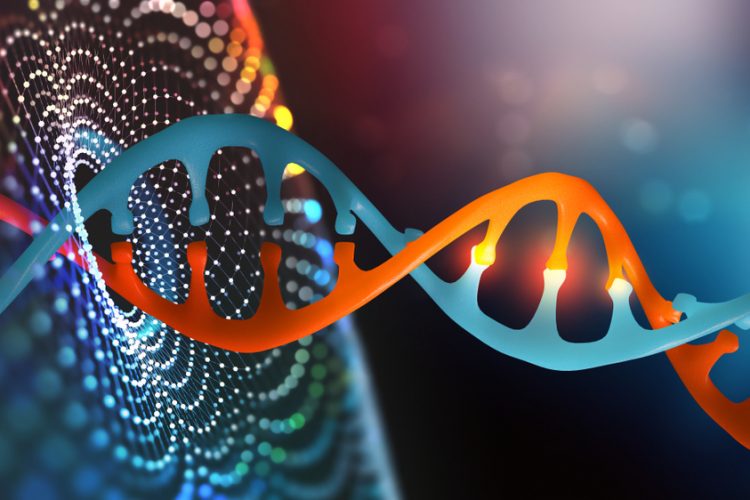Novel CRISPR C-to-G DNA base editor developed by researchers
Posted: 24 July 2020 | Victoria Rees (Drug Target Review) | No comments yet
A new CRISPR technology has been created to understand mutations based on cytosine to guanine base changes and minimise unintended “off-target” mutations.


New CRISPR genome-editing technologies have been developed by researchers at the Massachusetts General Hospital (MGH), US, which the researchers say have the potential to help understand and potentially treat disease-associated genetic mutations that are based on cytosine to guanine (C-to-G) single base changes.
According to the team, the new base editors are also designed to minimise unintended “off-target” mutations that could potentially cause undesirable side effects; the novel CRISPR-guided DNA base editing technologies should efficiently induce “transversion” alterations of DNA bases while reducing the levels of unwanted “bystander” mutations.
The researchers created a proof-of-concept C-to-G base editor, called CGBE1, and a smaller version, miniCGBE1.
“Base editing is a new form of CRISPR gene editing that was developed by David Liu’s lab at Harvard University and the Broad Institute. It is not based on introducing a double-stranded break in DNA, but is rather focused on directly changing a single base in DNA,” said co-corresponding author Dr Julian Grünewald, of the MGH Molecular Pathology Unit and Harvard Medical School (HMS).
Base editors are fusion proteins that use a modified form of CRISPR-Cas that is targeted to a specific target site with the help of a guide RNA, where it then deploys an enzyme called a deaminase to modify a specific base to create a desired DNA change. The technique can be used to convert a cytosine (C) base to a thymine (T) base. Similarly, an adenine base editor (ABE) is capable of converting an adenine (A) to a guanine (G).
CGBE1 leverages a CBE variant that was published in 2019 by Dr J Keith Joung and colleagues in Nature. This earlier CBE variant, called SECURE-CBE, was shown to induce C-to-T changes with markedly fewer off-target RNA effects.
The new CGBE1 tool incorporates the deaminase from this SECURE-CBE variant, which together with other components enables the swapping of bases from one class to another while minimising the risk of unwanted changes.
“There are known disease-associated mutations or pathogenic mutations that could be fixed by this type of editing,” Grünewald commented.
However, the researchers say the exact number of diseases that might be correctable with CGBE1 or a similar editing platform is unclear.
“We’re still at an early stage with this new class of transversion base editors; CGBE1 still requires additional optimisation and it would be premature to say this is ready for the clinic. But we envision that CGBE1 could be useful for research applications, enabling the introduction of specific C-to-G mutations,” Grünewald concluded.
The study was published in Nature Biotechnology.
Related topics
CRISPR, DNA, Genome editing, Genomics
Related organisations
Harvard Medical School (HMS), Harvard University, Massachusetts General Hospital (MGH)
Related people
Dr J Keith Joung, Dr Julian Grünewald



